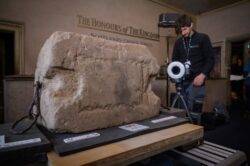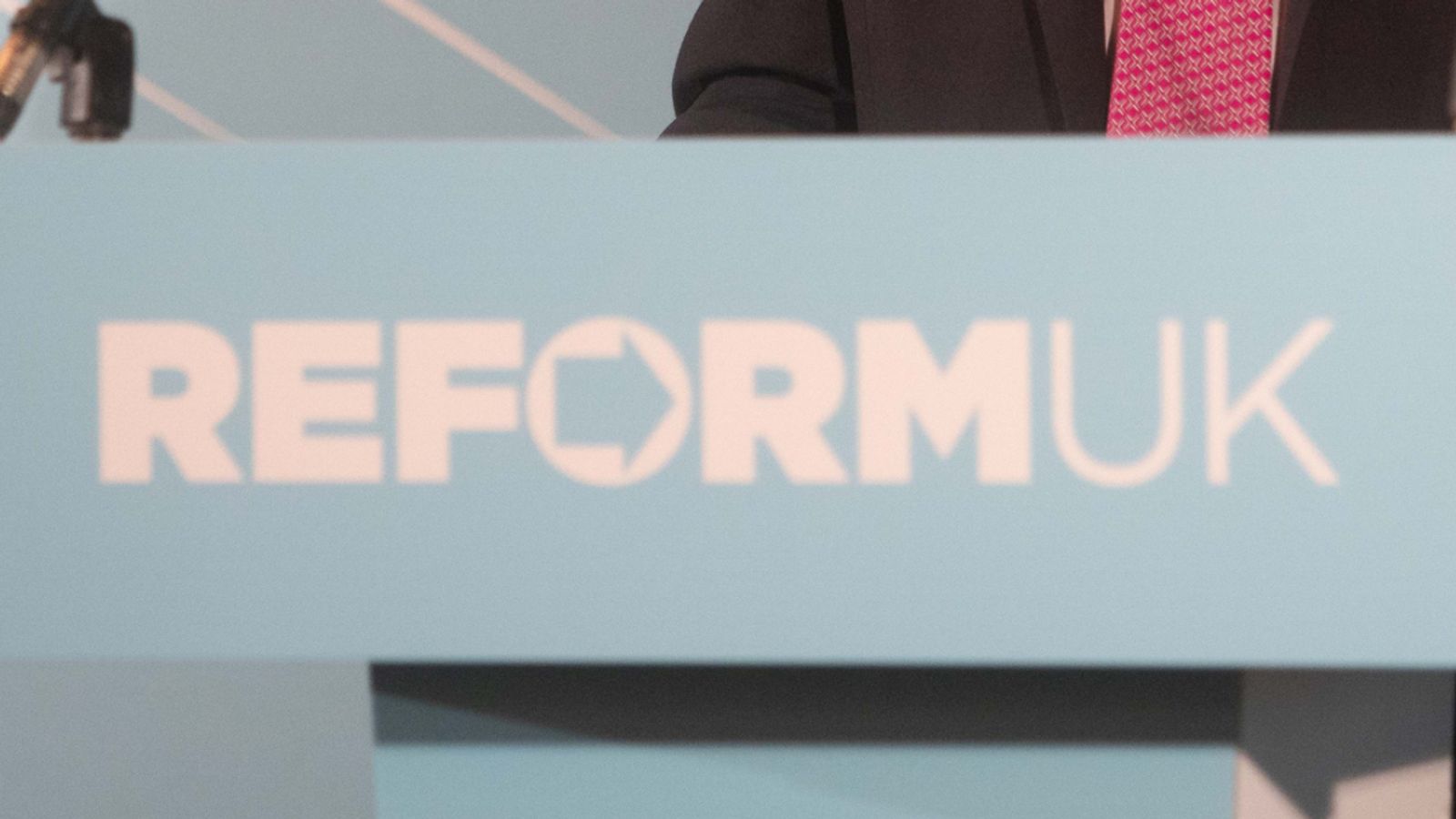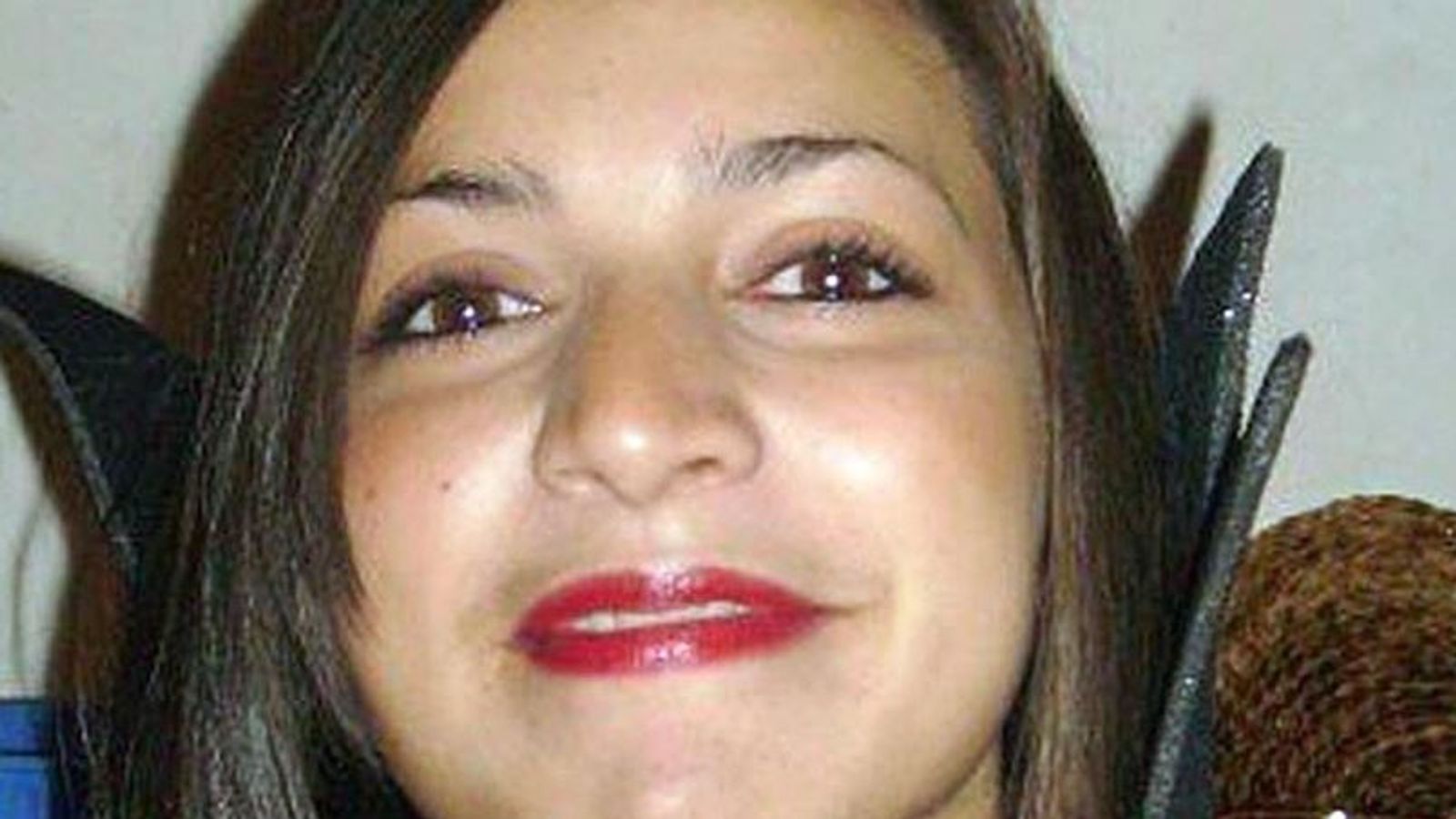Historic Environment Scotland made a 3D scan of the Stone of Scone ahead of next month’s coronation (Picture: PA)
The Stone of Destiny will soon return to England for the first time in 27 years, adding a new chapter to the long story of a seemingly unremarkable lump of rock.
Preparation work has been taking place ahead of its starring role in next week’s coronation of King Charles, when it will slot into the chair on which the new monarch will be crowned.
Despite appearances, the history of the stone stretches back centuries and its significance is contentious.
A symbol of Scottish nationhood, it nevertheless was kept in London for 700 years – apart from several months in the early 1950s, when it was the subject of an incredible secret raid carried out in the heart of the capital.
According to legend, the rock – also known as the Stone of Scone, after the town near Perth – has been used to crown monarchs of Scotland since the fourth century.
The first recorded mention of it comes from 1057, when Macbeth’s stepson Lulach was pronounced King of Alba during a coronation in Scone (pronounced skoon).
But 239 years later, at the beginning of the Wars of Scottish Independence, King Edward I of England had it looted and sent south of the border.
Professor Ewen Cameron, Sir William Fraser professor of Scottish history at the University of Edinburgh, said: ‘Edward was making a statement about the status of Scotland.
‘One chronicler stated that its removal to London was “in recognition of a kingdom surrendered and conquered”.’
The stone slots into a space below the seat of the Coronation Chair (Picture: Getty Images)
For hundreds of years after 1296, monarchs of England would symbolically sit on this symbol of Scotland at the moment they were crowned – and since the Union of the Crowns in 1603, British monarchs have done the same.
The only hiccup in this long association with coronations in London came just a couple of years before the death of George VI.
On Christmas Day in 1950, a group of Scottish nationalist students at Glasgow University paid a visit to Westminster Abbey and embarked on one of the most audacious heists in British history.
Coronation of King Charles III latest
The historic Coronation of Their Majesties King Charles III and Queen Consort Camilla will take place in Westminster Abbey on Saturday, May 6, 2023.
Where to go to watch the Coronation of King Charles III in London on big screens for free
What roles will Prince William and the rest of the Royal Family have in the coronation?
How to leave a message for King Charles III
For all the latest royal updates, visit Metro.co.uk’s dedicated coronation page.
In the middle of the night, Ian Hamilton, Gavin Vernon, Kay Matheson and Alan Stuart removed the 125kg stone from beneath the Coronation Chair – accidentally breaking it into two pieces in the process – and hid the sections for them to later collect and take to Scotland.
From left, Glasgow University students Allan Stuart, Kay Matheson, Ian Hamilton and Gavin Vernon (Picture: ANL/Shutterstock)
The group hired a stonemason called Bertie Gray to put the broken stone back together.
During the process, he inserted a brass rod containing a piece of paper. He never revealed what was on the paper, and took the secret with him to his grave when he died in 1975.
Four months after the raid, police received a call and found the stone on the altar of Arbroath Abbey, where the Declaration of Arbroath had been signed in 1320 to assert Scottish nationhood. Matheson later described the operation as ‘recovery, not theft’.
But Sir Hartley Shawcross, the Attorney General for England and Wales at the time, disagreed, describing it as a ‘vulgar act of vandalism’. He declined to prosecute the students, however, saying he didn’t want to risk them becoming ‘martyrs’ to the Scottish nationalist movement if convicted.
The four young Scots revealed their names and spoke to the press after being assured there would be no prosecution (Picture: ANL/Shutterstock)
Prof Cameron said: ‘The stone had been an obscure item for most of the period that it was in London. Scottish nationalists saw that as a slight on Scotland and sought to bring it to public attention.
‘The events of 1950 also established that the stone was the property of the monarch.’
The stone was brought back down to London in plenty of time for the coronation of Elizabeth II in 1952, and remained there for more than 40 years.
In 1996, Prime Minister John Major – marking the 700th anniversary of the original looting and perhaps keen to charm Scottish voters ahead of the following year’s general election – said he would send the stone back to its original homeland.
Since St Andrew’s Day that year, it has been displayed alongside the Honours of Scotland in the Crown Room at Edinburgh Castle.
The return was carried out on the condition that the Stone of Destiny would temporarily come back to London to be used in the coronation of monarchs. On May 6, that proviso will come into effect for the first time.
Get in touch with our news team by emailing us at [email protected].
For more stories like this, check our news page.
The stone was looted by a king – and was later the target of a heist by four students.





